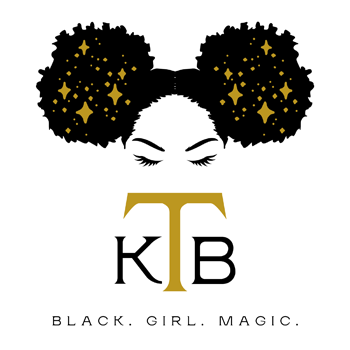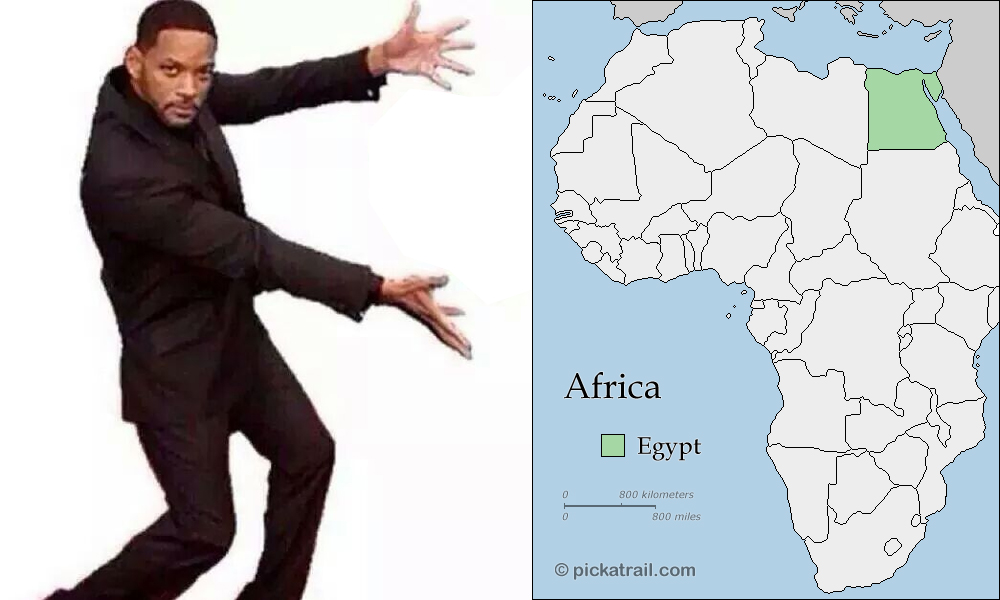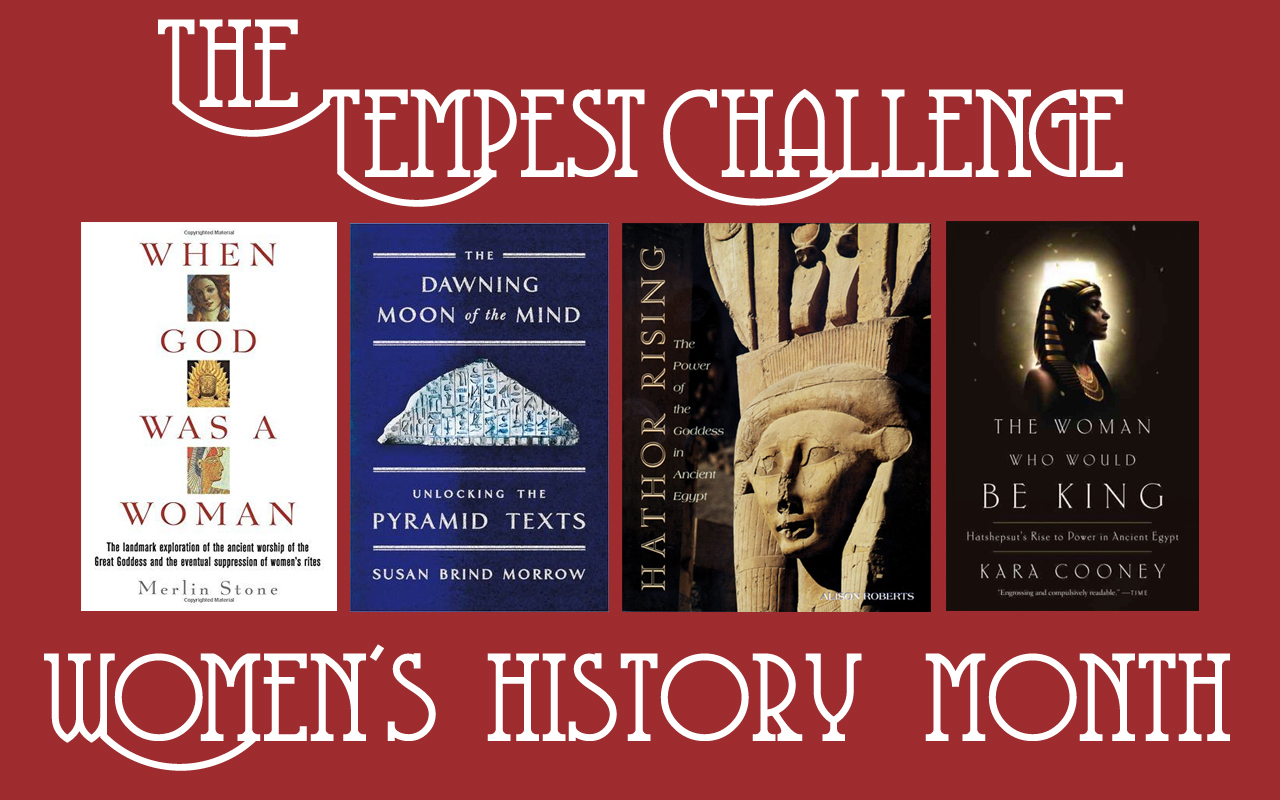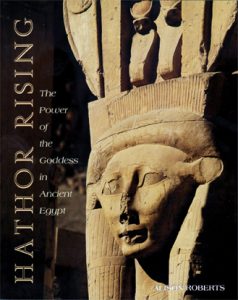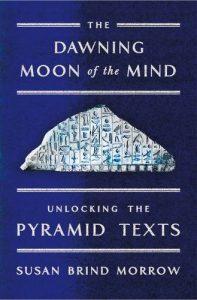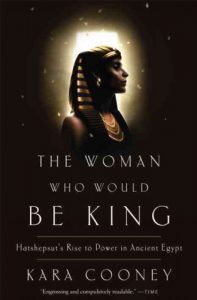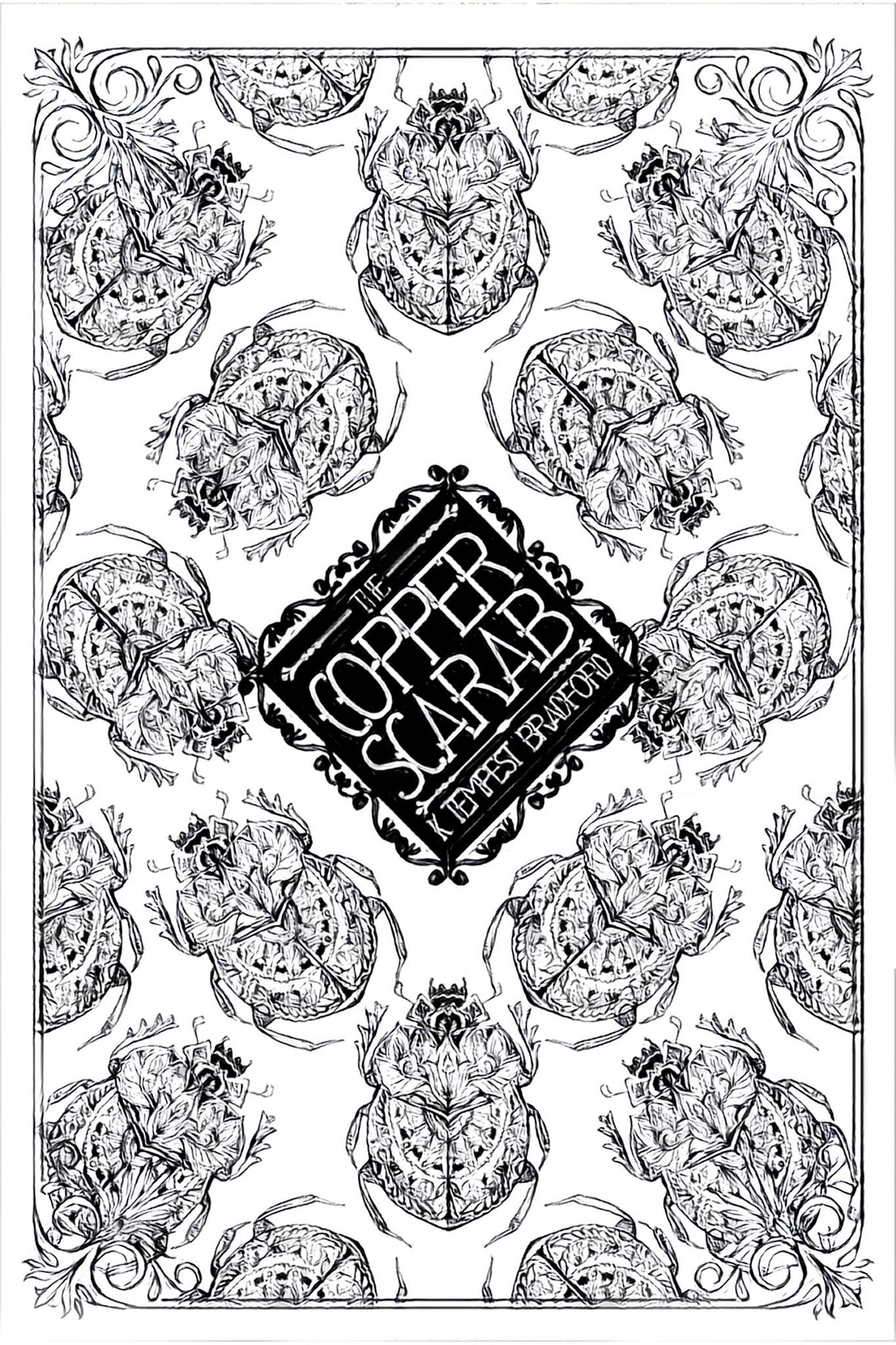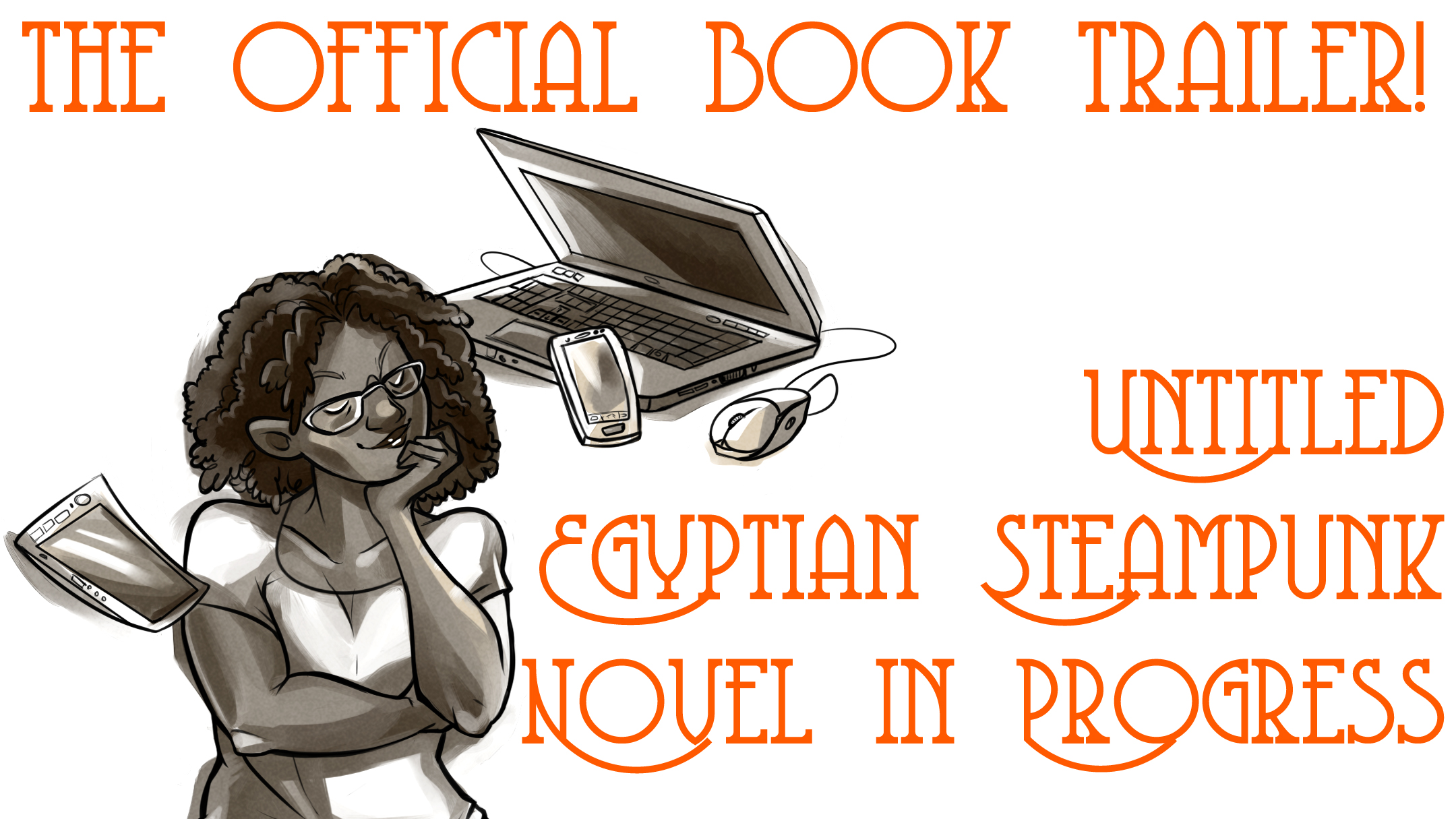Today is my birthday! Break out the confetti and the cupcakes and the ball pit! A real ball pit, not a DashCon ball pit.
Those of you who know me know that I like to celebrate hard when the anniversary of my rotation around the sun comes around. So be warned: this is the first post of many in which I will mention that IT’S MAH BIRTHDAY.
You’re all invited to celebrate with me. So step into my virtual party and collect your party favor. (That’s a free thing you get for showing up.) I’m a writer, so all I can give you is some writing. But it’s free, so hurrah!
The story below is a bit of background writing I did for one of the characters in the Untitled Egyptian Steampunk Novel In Progress, which you have perhaps heard about? If not, there’s an explanation of it over on my Patreon. And yeah, I’m gonna mention how, if you support me via Patreon, you can read more excerpts from this novel and related writings, such as this, each month.
All right, shameless plug over, let’s get to the fiction.
Ibi’s First Dance
The morning of the equinox. The year’s first equinox. The balance of day and night before the night overtakes the sunlight hours. More time for marking the turning of the night sky and the movement of the stars. Ibi’s favorite time of year. It also meant she was closer to the Long Night, marking the end of her second year training in the Spirit House and the beginning of her last.
Two hours before dawn the sorors rang the first bell, calling for the trainees and acolytes to wake up. Ibi was already awake. Fretting. Thinking about the dance. She was a ba-adept, one of the rare people who could see the ba spirits of the dead and guide them. One day guide them. That would be her role, if she completed her training and passed her tests. She was not expected to dance the Hathor ceremony with precision and perfection. But it was her first time and she could not stop being nervous.
She knew the steps. She knew the words. She knew the notes. How many times had she practiced? How many times growing up did she see the dancers and musicians of the Spirit House perform it? Still, she couldn’t shake the fear that she would misstep, fail to hit a note, and ruin the great celebration for everyone.
A good part of her nervousness came from knowing that the Great Mother, Tani, and all the kinswomen of the Pharaoh would be at the ceremony. All of them including Ziwat. What did she look like now? Would she recognize Ibi if she happened to see her dancing?
When she was small and was Ziwat her mother’s favorite student, she attached herself to the woman almost as soon as she got to know her. Ziwat was the best person in the world, aside from her parents and her older siblings. And, like her sisters and brother, Zi grew up and left to live her own life. Natural, yes, but heartbreaking.
Now she was the Superior Engineer of the High House, the netjer Seshat in human form. Ibi was just another ba-adept in the crowd. She probably wouldn’t notice her.
The Supreme Musician of the Spirit House wouldn’t reveal her place in the formation until later that morning. The dancers would be assigned a quadrant in the festival square and stay within certain bounds as they went through the ceremonial steps. The kinswomen would be watching from the West. Part of her hoped to be assigned there, part of her didn’t. To mess up at all would be mortifying. To mess up in front of the Great Mother and Ziwat?
The second bell brought her back to the present. It was time to get ready.
She pulled on the fine, white linen dress worn for ceremonies, its skirt loose to allow for full leg movement, the arms sleeveless to display the Spirit House tattoos and make working the sheer veil easier. She wrapped the veil around her waist for the moment, then followed the other trainees to the inner sanctum.
There were over sixty of them in the columned room, and their energy–mixed nervous and excited–made them want to chatter. None did. The sanctum was only for sacred sound.
The Supreme Musician, voice of Hathor, emerged from the netjer chamber and they all stilled, waiting for her words. She said nothing for heartbeat on heartbeat until a final bell rang announcing the appearance of the Aten disk above the horizon and the emergence of the Kheper-dawn.
She then moved among them, singing the notes for the four directions and touching each of their foreheads as she did. You go north, you go east, you go south, you go west. That last she sang to Ibi; West it would be, then.
The dancers moved to the walls of the room that corresponded to their direction, waiting in no set order. The Supreme’s voice, low, sonorous, and resonant, made the walls vibrate just a touch. At some signal in her tone, instrument players came into the room and moved among them, wrapping belts around their waists and hanging two of the sacred sistrum at the hips. This instrument, only allowed during ceremonies and often only played by dancers, bore the face of Hathor and was sacred to her.
While this happened, the Supreme chanted words marking the passage of time and the role of Hathor as the guiding hand on the sun barge. In response, trainees and acolytes, adepts and sorors, chanted the mirror words. She came to each and arranged them in lines, showing where they would be for the dance. When she came to the West, the last group, she placed Ibi in the front line. Ibi tried not to break her chant, but did take the woman’s hand in her own and squeeze it, her eyes asking “Are you certain?” The Supreme only smiled and cupped her cheeks for a moment, certainty in her own expression.
That should have made Ibi less nervous. It didn’t. Now she wouldn’t even have the comfort of hiding in the crowd.
~~~
The Ra-sun crested the endless blue sky, coming to its highest point before dipping back down to the horizon. The dancers filed out of the Spirit House’s main entrance into the cheerful cacophony of the Festival crowd. They moved to their assigned positions in the Festival square without speaking, the only sound a collective sussurus from the sistrum banging against their hips. Ibi’s feet knew where to go, and she kept her eyes on them while she concentrated on getting to her place.
Around them, the voices of the majority of hetWaret’s citizens called out words of praise and respect and thanks. The dancers and musicians would deliver the grateful joy of the Khemetan people to the netjer and ensure the continuation of the world with their words and notes and music.
When Ibi’s group reached the western quadrant she finally looked up. The congregation of the High House sat on a raised platform a few yards away. Above them, on a higher dais, the kinswomen stood in front of the Pharaoh and the Great Mother, who stood in front of a giant copper scarab. The outer wings were raised halfway up, bouncing the rays of the sun back to the sky. The massive machines were taller than two tall men, wider than two wide elephants, made all of copper on the outside, which had been newly polished on this one. Likely the Pharaoh and Great Mother had come to the square riding in it.
And standing just in front of them: Ziwat. Ibi recognized her right away. Same sand-colored skin, hair twists longer now with touches of silver, wide brows still dark, complimenting her wide, red-tinted mouth. She was beautiful. How was she so beautiful? How had Ibi not remembered that?
Rapid drumbeats signaled the start of the ceremony and the crowd came to attention. The dancers did not move. Still, still, still; counting until the right moment. The first note burst from the Superior Musician’s throat and, as one, they all lifted their arms and began the dance.
Ceremonial song took over Ibi’s mind and body and transported her beyond herself within the first few beats. All nerves, all worry, all self-consciousness dissolved as she became one with the others, one with the voice of Hathor. The dancers moved in unison, each step, arc of the arm, position of the hand, note of the song carrying layer on layer of meaning. Their celebration praised all aspects of the netjer as she moved through the mill of time.
When the first verse ended all the dancers turned to face the center of the square and lifted their voices to create a note that reverberated up to the sun itself, an offering to the Hathor at the center of everything.
Now came the hard part.
They turned back and all danced into the crowd. People parted to allow them in as the front line was expected to move all the way to the back of the crowd and the base of the kinswomen’s dais. Once they were all properly dispersed, the dancers began again, this time inviting the citizens around them to join. The women in the rearmost line took the hands of children new to ceremony to teach them the movements. The lines in the middle danced with adults who knew their part in this well. The highest ranking citizens stood in the back of the crowds on all four sides and often only watched the front line dancers. Their presence was sacred offering enough. Though sometimes they were moved to join the dance.
Ibi lifted her eyes to search for Ziwat and discovered her friend was already looking at her, recognition in her wide smile and joyous gaze. Ibi knew not to approach her directly, even though she wanted to. But with her own smile she tried to communicate the same happiness at seeing Ziwat again.
At a prompt from the song, she unwrapped the veil from her shoulders and spun, the fabric rippling around her in waves. When she faced the dais again, Ziwat was there in front of her. They danced together, Zi matching or mirroring her moves in accordance with the ceremony. They were Seshet and Hathor, celebrating each other, spinning, clapping, harmonious on Earth as in the heavens.
Other kinswomen joined the dancers–more than had in many years, Ibi learned later. Her whole being overflowed with joy.
The Supreme’s voice sang out a note as the song crested toward its highest point, a signal to the dancers to return to formation. Ibi touched Zi’s arm one more time, then spun away, her veil almost wrapping itself back around her. Fingers unhooking the sistrum, feet landing exactly so, arms raised at a right angle, she joined the others in this final display of gratitude and celebration. As one, they shook the sistrum, the small metal disks strung between the cow’s horns clattering against each other. The sound came to the ear harsh at first, then transformed into a sacred vibration that reached into every body, every stone, every thing.
Ibi’s brown eyes swirled to gold and she saw hundreds of fluttering lights rushing toward them. These were the ba spirits of those who had not yet passed beyond the Door to the West. The sound of the sistrum drew them, always. Just as they had at her first Hathor Festival. She’d seem them and cried out “What are those shining birds?” That’s when her family discovered she was a ba-adept. The moment that set her on the path that led to this one.
Dancers shook the sistrum side to side, shaking or rolling different parts of their bodies in precise, isolated movements. Arms only, now wrists, hips now, one leg, then the other, the midriff, then finally absolute stillness as the song and ceremony ended and the crowd burst into cheers and praise.
This is when Ibi sunk fully back into herself, breath and heartbeat rapid, dress clinging to sweaty skin. Above all the heads in front of her she saw Ziwat, hand cupped to her mouth, her ululation directed right to her.
~End~
Pyramids & Punk DVD Extras | Password Required!


